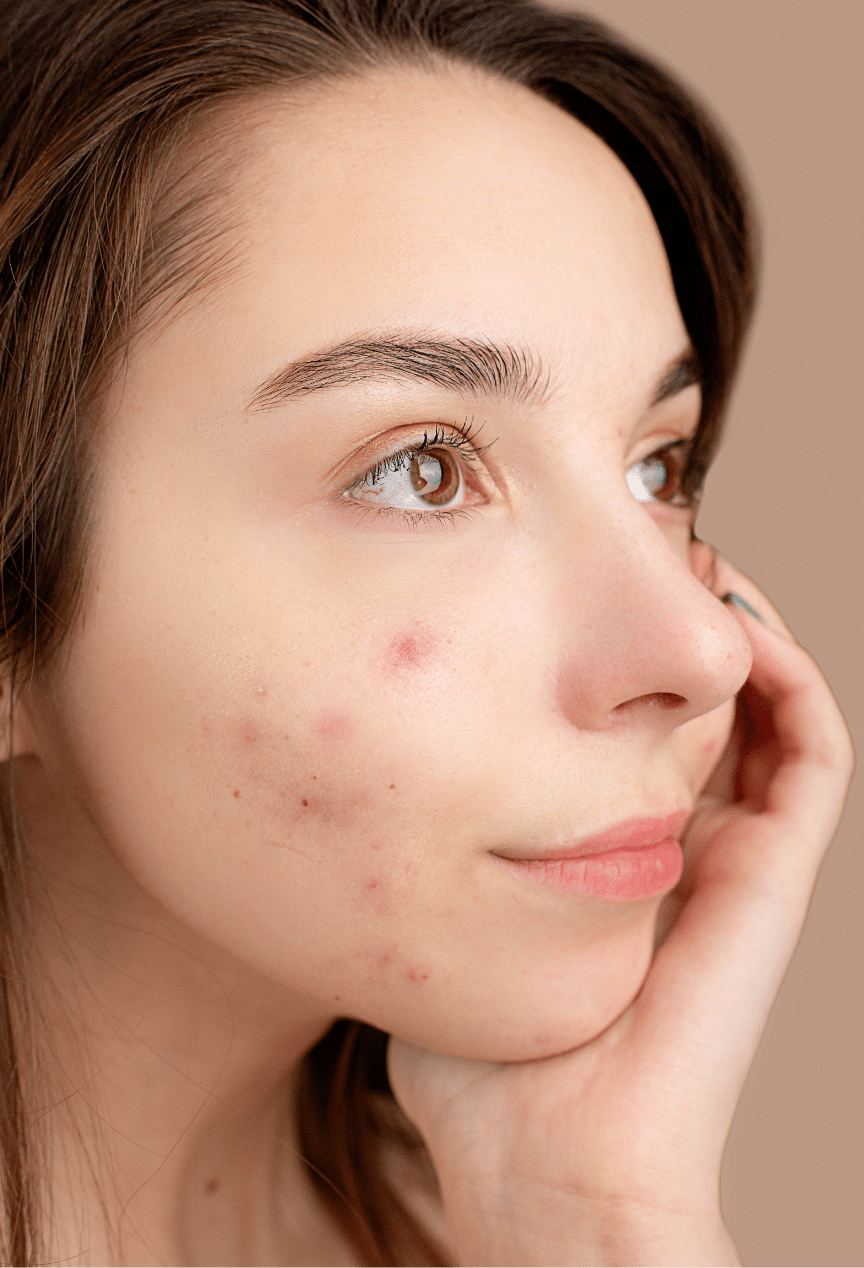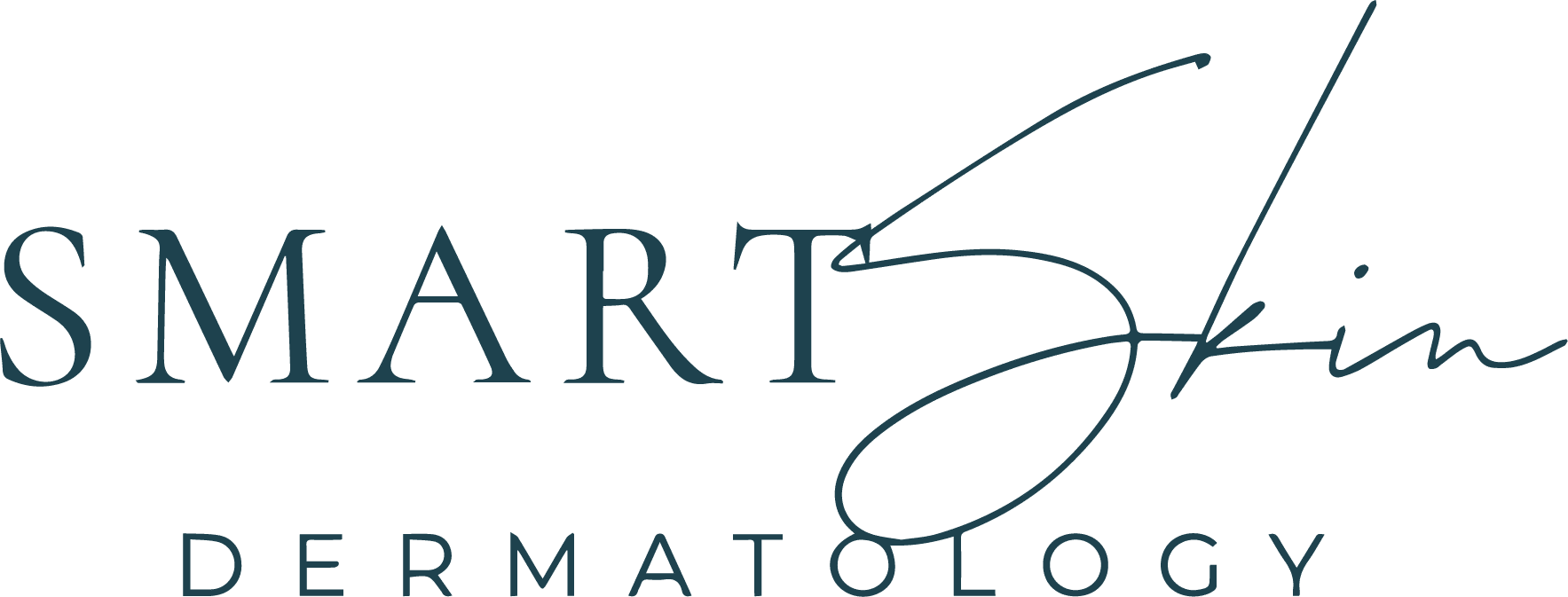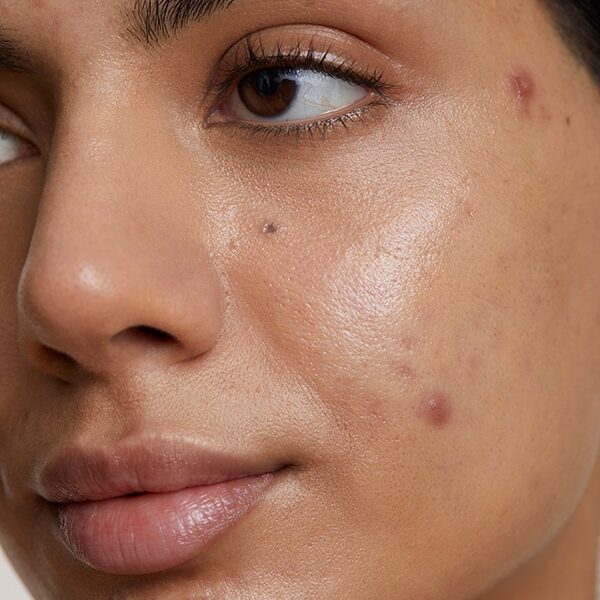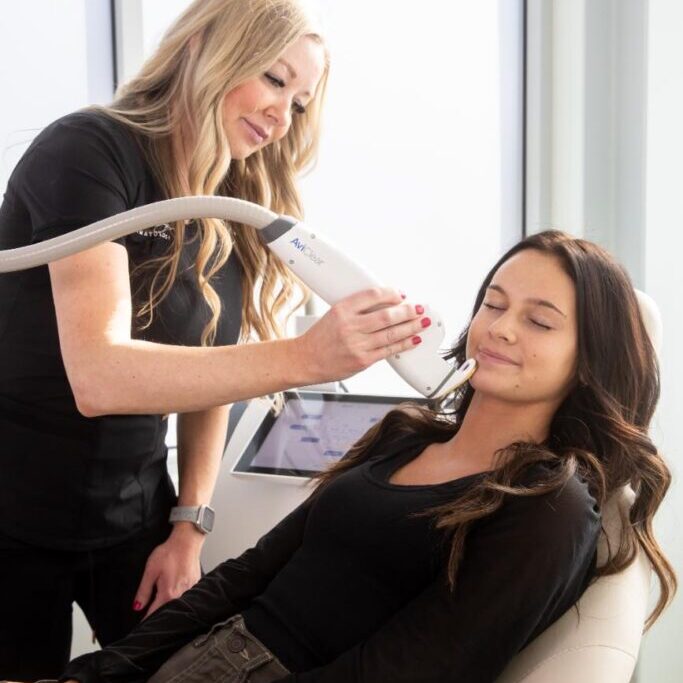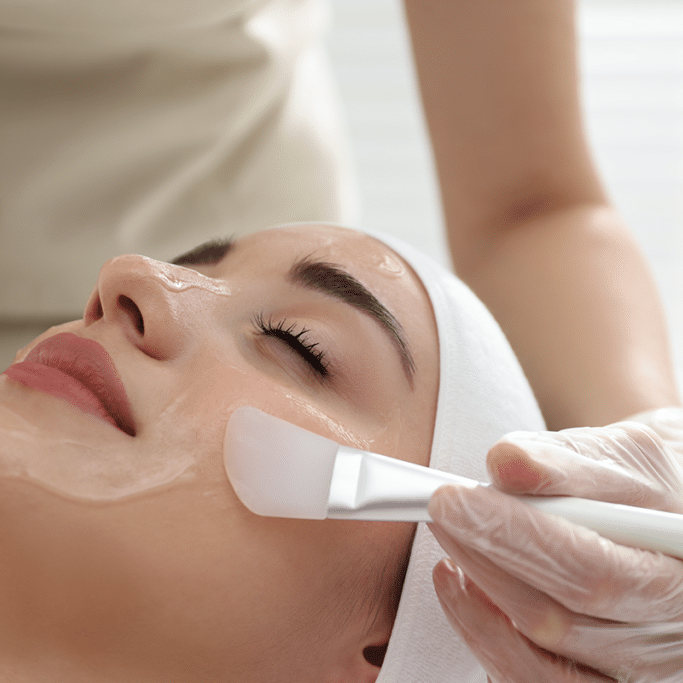Understanding and Combating Acne: A Comprehensive Guide
Unmasking the Culprits: The Four Pillars of Acne Formation
Follicular Hyperkeratinization
Sebum Overload
Cutibacterium acnes on the Rise
Inflammation's Fury
Beyond the Basics: Additional Triggers and Allies in the Fight Against Acne
Several additional factors can influence acne, including:
Genetics
Diet
Menstruation
Stress
Medications
